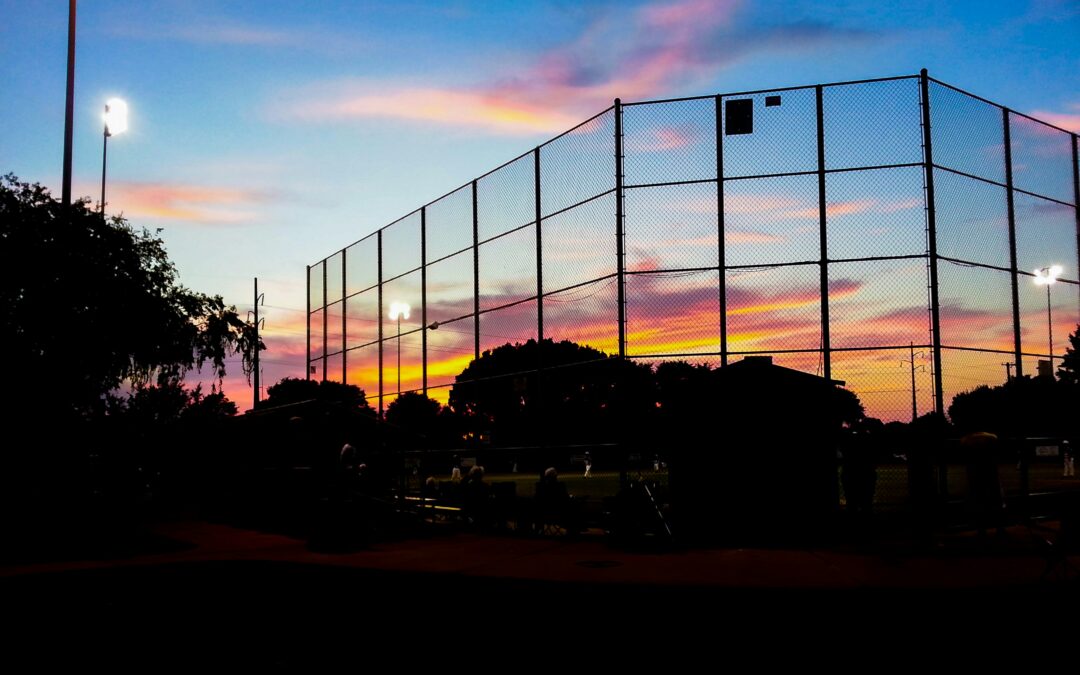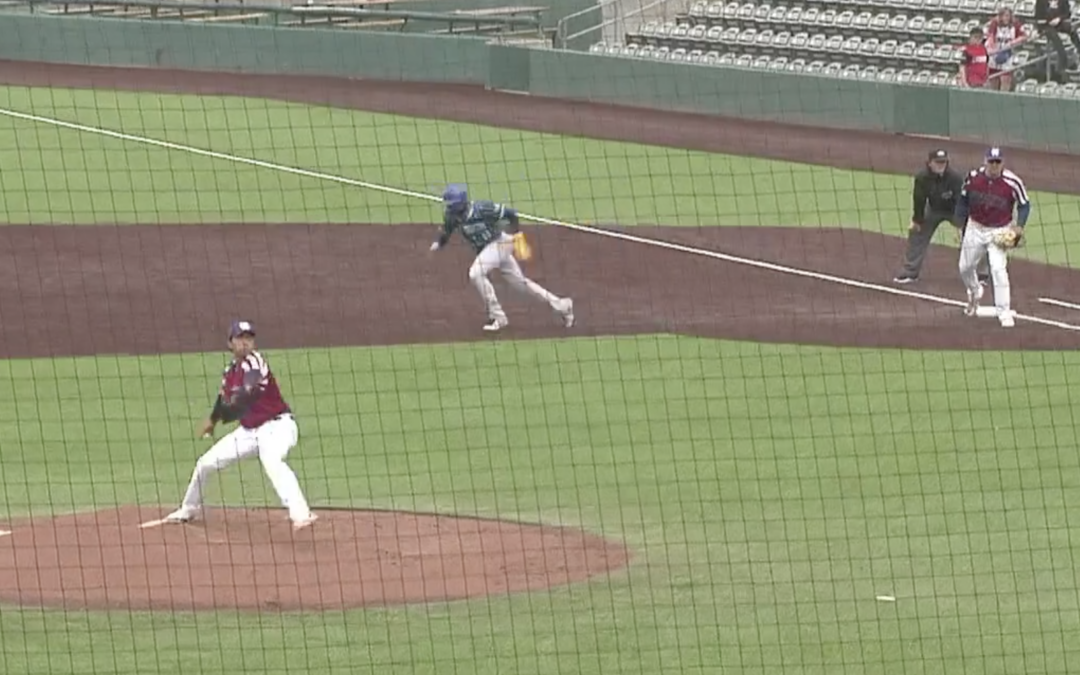(The Center Square) – Wisconsin’s Supreme Court election will likely do more than just decide the partisan make up for the court.
Next month’s election could impact the state’s landscape on everything from business regulations to property taxes, to who controls Congress in 2026.
Judge Brad Schimel and Judge Susan Crawford are running in what is shaping up to be the most expensive judicial race of all time. Ostensibly, they are competing to replace the retiring Justice Ann Walsh Bradley, but the winner of the election will likely decide much more than whether the court maintains its liberal majority or flips back to a conservative majority.
There are already challenges to Wisconsin’s Act-10 and abortion laws before the court.
But there are also pending cases like WMC and Leather Rich Inc. vs. WI DNR, which could decide how far Wisconsin’s Department of Natural Resources can go with its self-written rules about environmental cleanup. There’s also Evers vs. Marklein, which would take power away from the legislature’s Joint Committee for the Review of Administrative Rules and give that power to the governor.
Gov. Tony Evers’ 400-year school funding veto is also pending before the current court, as is the challenge to Wisconsin’s wedding barn regulations that could put those barns out of business.
All of those cases came not long after liberal Justice Janet Protasiewicz won a seat on the Wisconsin Court in 2023.
Depending on the outcome of the April election, some believe other cases could quickly come before the court, like challenges to the state’s voter ID law.
Republican lawmakers, however, are pushing an amendment that would take the issue out of the court’s hands.
The court could also declare Wisconsin’s congressional maps unconstitutional and order new maps, which could impact the outcomes of races for the U.S. House, which could impact the balance of power in Congress.










